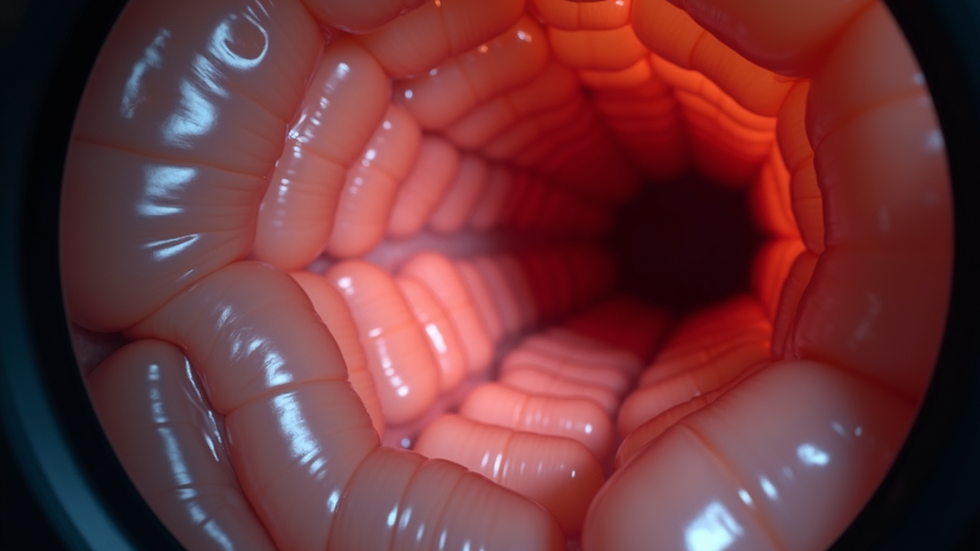Demystifying Functional Dyspepsia: A Comprehensive Guide to Symptoms, Causes, and Treatment Options
- Norberto Estanislao IV
- Jan 10, 2024
- 2 min read
Functional Dyspepsia, often abbreviated as FD, is a condition characterized by a range of symptoms centered in the gastroduodenal region. If you've experienced upper abdominal bloating, nausea, or vomiting, especially after meals, you might be familiar with this condition. It's important to note that FD is multifactorial, meaning it's influenced by various factors, including what and how you eat.
Many patients with FD find that certain foods worsen their symptoms. Common triggers include fatty and acidic foods, wheat products, and some fruits. However, it's not just what you eat but also how and how much you eat that matters. Smaller, more frequent meals are generally recommended to ease the burden on your digestive system.
The relationship between specific macronutrients (like proteins, carbohydrates, and fats) and FD symptoms is a growing area of interest. High-fat meals, for example, are known to induce more severe symptoms like nausea and pain. This is primarily due to delayed gastric emptying – a key factor in FD pathogenesis.
You might have heard of FODMAPs – fermentable oligosaccharides, disaccharides, monosaccharides, and polyols. These are specific types of carbohydrates that can be hard to digest for some people, leading to increased gas, bloating, and abdominal pain. They are particularly problematic in conditions like FD and IBS (Irritable Bowel Syndrome).
One of the biggest challenges in managing FD through diet is the lack of standardized nutritional guidelines. This can lead to improvised diets that are often unbalanced and exacerbate symptoms. It's essential to consult with healthcare professionals, ideally a nutritionist or dietitian, who can provide personalized dietary advice.
This is my take on food limitation in patients with function dyspepsia:
Identify Trigger Foods: Keep a food diary to help identify which foods worsen your symptoms. This can be a crucial step in managing FD.
Eat Smaller, More Frequent Meals: Large meals can overburden your digestive system. Opt for smaller portions spread throughout the day.
Consider a Low-FODMAP Diet: This diet limits foods high in FODMAPs. It has been shown to be effective in managing symptoms for some patients with functional gastrointestinal disorders.
Seek Professional Advice: Before making any drastic changes to your diet, it's important to consult with healthcare professionals. They can help you develop a balanced eating plan that suits your individual needs.
Living with Functional Dyspepsia can be challenging, especially when it comes to managing your diet. While certain dietary adjustments can help alleviate symptoms, it's crucial to approach these changes thoughtfully and under professional guidance. Remember, each person's experience with FD is unique, and what works for one person might not work for another. Stay informed, seek professional advice, and listen to your body – these are the keys to effectively managing FD.





Comments